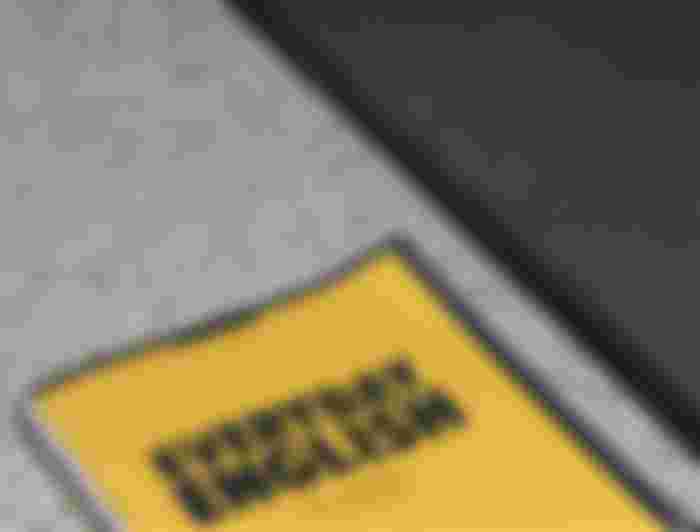Languages are defined as sounds used to express needs and purposes by peoples, and a language is a group of symbols and expressions recognized among a group of people. These signs for the whole group have the same meaning when arranged in a specific way.
Language, in general, is a means of communicating organisms among themselves and within a specific geographical and spatial range, and with the beginning of the human ability to speak and speak, many and many languages were formed over the times and periods of humanity, and some of them have remained in use and alive, while most of them have disappeared or disappeared and disappeared into Forever.

Ranking of world languages
∆. In terms of spread
It is difficult to count the number of people who speak a particular language, but many sources provide information on the number of people who speak a specific language as a mother tongue or as a second language, and languages around the world can be arranged in terms of spread as follows:
The English language:
It is the language of the age and the language of technology, and more than a billion and a half speakers use it and speak it as a native language or as a secondary language. The percentage of English speakers around the world is approximately 25%, and it is the official language in many countries, and its speakers spread around the whole world, including New Zealand, the United States, Australia, England, Zimbabwe, the Caribbean, Hong Kong, and South Africa, And Canada, in addition to millions of other people, speak English as a second language, as it is the most popular language in the world.
Mandarin language (Chinese):
The percentage of its speakers is 18.05%, and their number exceeds one billion people, and it is the language of the state of China with the largest population in the world, and the Chinese language does not contain alphabetical letters but uses pictorial symbols instead, so each word has its pictogram This language is also spoken in Taiwan and Singapore, and it is worth noting that Mandarin contains a large number of dialects.
Hindi:
The number of speakers of this language is 11.51% of the world's population, and it is the official language in India, Fiji, South Africa, Mauritius, Yemen, Uganda, and even the United States.
The Arabic language:
The percentage of its speakers in the world is 6.6%, and Arabic is one of the oldest languages in the world, and the majority of its speakers are in the Middle East and North Africa, especially the Arab countries, and millions accept to learn Arabic because it is the language of the Holy Qur’an, and in 1974 it was adopted as a language Official at the United Nations.
The Spanish language:
The number of speakers in the world is 6.25%, and their number reaches nearly 400 million people. It is spoken in Central and South American countries, in addition to Spain and parts of the United States of America.
Russian language:
The number of speakers is 3.95%, and they are distributed in many countries of the former Soviet Union, including Russia, Belarus, and Kazakhstan, which is the most widespread Slavic language, and one of the official languages of the United Nations, which is an unofficial language, but it is spoken on Widespread in Ukraine and Lithuania.
The Portuguese language:
The number of its speakers is 3.26% of the world's population, distributed over Brazil, Portugal, Macau, Angola, Venezuela, and Mozambique, and this language spread throughout the world during the emergence of Portugal as a great colonial power in the 15th and 16th centuries and spreading from Brazil To Macau in China, and today it is one of the major languages in the world, as it is the largest language in South America in terms of the number of speakers, and it is also a major language in several African countries.
Bengali language:
The proportion of its speakers out of the world population is 3.19%, of whom about 120 million people are residents of Bangladesh, and it is also the language of the state of West Bengal in India.
French language:
The number of speakers is 3.05%, and 32 countries use it as an official language. Most of those who speak French as a mother tongue is of French origin and the rest are spread between Canada, Belgium, Switzerland, and Africa.
The German language:
The percentage of speakers of 2.77% around the world, and its origin is Germanic languages, and it is considered one of the most widespread mother languages in the European Union, and among the most famous countries that speak this language, Germany and Austria.

∆. In terms of difficulty
Languages differ in the degree of difficulty in learning due to the different origins and circumstances of their origin. For example, the Chinese language does not contain letters, the Arabic language is distinguished by its great eloquence, and the Russian language with strange sounds of letters, so it is not possible to adopt specific criteria to determine the most difficult language, but a lot of things are taken into account in determining this matter.

The order of the most difficult languages around the world can be arranged as follows: Arabic. Japanese language. Chinese Language. Korean. Turkish, Hindi, Russian, Vietnamese, Thai, Serbian, Greek, and Hebrew. Spanish, Dutch, Portuguese, Italian, Swedish, and French.
∆. In terms of the number of words
Language by its nature is a set of words that a person arranges in an organized manner to give the intended meaning them, and languages differ in the number of words they contain, and this is a list of some languages arranged according to the number of words they contain:
The Arabic language contains 12,302,912 words without repetition.
The English language contains 600,000 words.
The French language contains 150,000 words.
The Russian language contains 130,000 words.

∆. In ancient terms
Despite the development of languages throughout history, some languages are still used in the current era, and languages have undergone many processes of continuous development and modernization over time according to the climate, economic, social, political, and natural change in the world, which leads to a change in human concepts, awareness and thinking, This, in turn, leads to the development of linguistic terminology and the emergence of new linguistic terms. In the following, a list of the oldest languages in the world is mentioned:
The Greek language: It dates back to 1500 BC, and was the official language of the country of philosophers and thinkers Greece.
Tamil Language: This language, spoken by more than 75 million people, dates back to 300 B and is an official language recognized in India and Singapore.

Persian language: It is the official language of Iran and Tajikistan, and it dates back to the year 800 AD.
Latin language: It is one of the most ancient languages in history, if not the most ancient, and it is the source of many modern languages, dating back to the year 45 BC in the era of the Roman Empire.
Hebrew is one of the oldest languages in the world. Where it stopped its use in the year 400 AD and returned to the scene with the rise of the Jews in the world, where it is now spoken by more than 9 million people spread around the world.

Basque language: It is one of the most distinct languages. As the origins of this language do not belong to any language existing in the world.






With language comes culture and identity. One may never function proficiently in one language without equipping himself/herself with the social dimension of linguistic codes. Language means social action and any language embodies culture and social enactments.